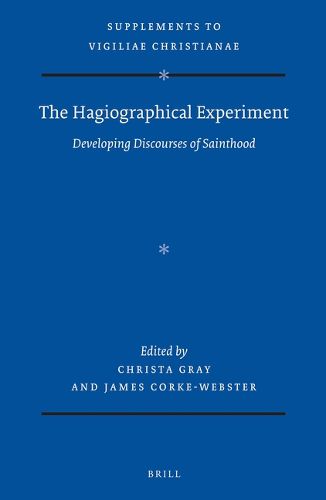Readings Newsletter
Become a Readings Member to make your shopping experience even easier.
Sign in or sign up for free!
You’re not far away from qualifying for FREE standard shipping within Australia
You’ve qualified for FREE standard shipping within Australia
The cart is loading…






The Hagiographical Experiment: Developing Discourses of Sainthood throws fresh light on narratives about Christian holy men and women from Late Antiquity to Byzantium. Rather than focusing on the relationship between story and reality, it asks what literary choices authors made in depicting their heroes and heroines: how they positioned the narrator, how they responded to existing texts, how they utilised or transcended genre conventions for their own purposes, and how they sought to relate to their audiences. The literary focus of the chapters assembled here showcases the diversity of hagiographical texts written in Greek, Latin, Coptic, and Syriac, as well as pointing out the ongoing conversations that connect them. By asking these questions of this diverse group of texts, it illuminates the literary development of hagiography in the late antique, Byzantine, and medieval periods.
$9.00 standard shipping within Australia
FREE standard shipping within Australia for orders over $100.00
Express & International shipping calculated at checkout
The Hagiographical Experiment: Developing Discourses of Sainthood throws fresh light on narratives about Christian holy men and women from Late Antiquity to Byzantium. Rather than focusing on the relationship between story and reality, it asks what literary choices authors made in depicting their heroes and heroines: how they positioned the narrator, how they responded to existing texts, how they utilised or transcended genre conventions for their own purposes, and how they sought to relate to their audiences. The literary focus of the chapters assembled here showcases the diversity of hagiographical texts written in Greek, Latin, Coptic, and Syriac, as well as pointing out the ongoing conversations that connect them. By asking these questions of this diverse group of texts, it illuminates the literary development of hagiography in the late antique, Byzantine, and medieval periods.